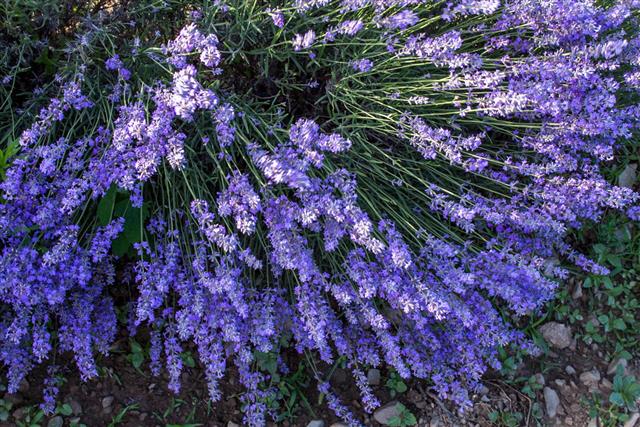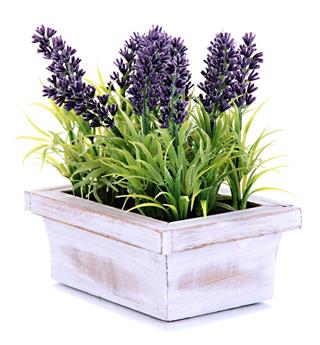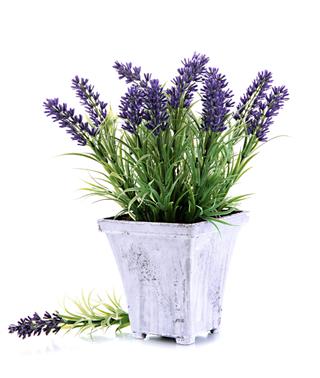
Lavender plants look gorgeous, smell heavenly, and thankfully, are very easy to maintain. Caring for a lavender plant requires minimum hard work, a fraction of your free time, and minuscule amount of expertise in plant care.
Beautiful, purple, and divinely fragrant. There are a lot more words used to describe the beauty of lavender plants. Lavender is a valuable herb to have at home, with its uses ranging from beauty products, to medicines, to cooking. But, the best feature about this plant, besides its utility, of course, is that it is not a high-maintenance shrub as many imagine it to be.
What follows is a list of instructions that are simple to execute, and help you own a lavender bloom in all its glory.
Caring for Your Lavender Plant
There are three widely known species of lavender, which are English lavender, French lavender, and Spanish lavender. However, it is the English lavender plant, that finds a place in most households across the world.
Before we begin, it is important to know the nature of this plant, which will go a long way in establishing an appropriate routine for plant care.
✔ Lavender plants thrive in dry weather.
✔ Humidity makes them susceptible to root rot.
✔ They need uninterrupted sunshine.
✔ The soil used to plant lavender should be gravelly, and not too moist.
Planting Lavender
How to plant lavender?
✿ The best option is to pick a potted plant or a plant cutting, which can be sourced from any plant nursery.
✿ You can also plant lavender using seeds, but it may not result in a good yield.
✿ You can choose to plant it in a pot, or in your garden. Ensure that the soil is well-drained and gravelly.
When is the best time to plant it?
✿ Summers are ideal, for the simple reason that lavender needs a lot of sunlight. Do not plant lavender in any shaded areas of your garden. If you’re keeping it indoors, place it on a windowsill, where it gets enough sunshine. If you live in areas with very hot temperatures, ensure that you keep the plant in a shady place during the afternoon to protect it from burning.
Which soil type is recommended?
✿ Dry, gravelly, and alkaline soil is the best option to plant lavender. Since it is a drought-resistant plant, it does not need soil that retains moisture. It is recommended to mix the soil with some amount of sand to make it more dry.
How is the watering routine?
✿ Lavender plants typically do not need a lot of watering. You may water it deeply, not more than three times a week. Feel the soil to make sure that it is not too damp on the days that you haven’t watered it. Any residual moisture around the roots can cause root rot. Keep in mind that although lavender can withstand dry and hot weather, it can dry out and die due to lack of moisture. So keep the plant well-hydrated, but do not drown it.
A few tips
✿ Lavender is not a favorite among pests, so the use of fertilizers is hardly required. Watch out for fungal infections that may affect the plant if the air becomes humid. This can be avoided by keeping the soil well-drained.
✿ Pruning is mostly done in the fall or the spring seasons, beginning in its second year. Just make sure that you lightly trim the foliage (not more than one-third of the plant’s size), without making the plant bald. Do not chop any old, woody sections of the plant, as it may affect the growth.
✿ You may want to add a little bit of potash on to the plant’s base in the spring and at the end of summer to help it grow. If your plant is turning yellow in appearance, it suggests an imbalance in the soil’s pH levels. Adding compost will sort out this problem.
✿ Although these plants are fond of dry weather, they need plenty of air. Therefore, indoor lavender plants need to be kept in areas that are airy.
Caring for a lavender plant does not require a lot of effort, or any specific gardening skills. So, follow these simple tips and enjoy your lavender plants in their full bloom every year.













